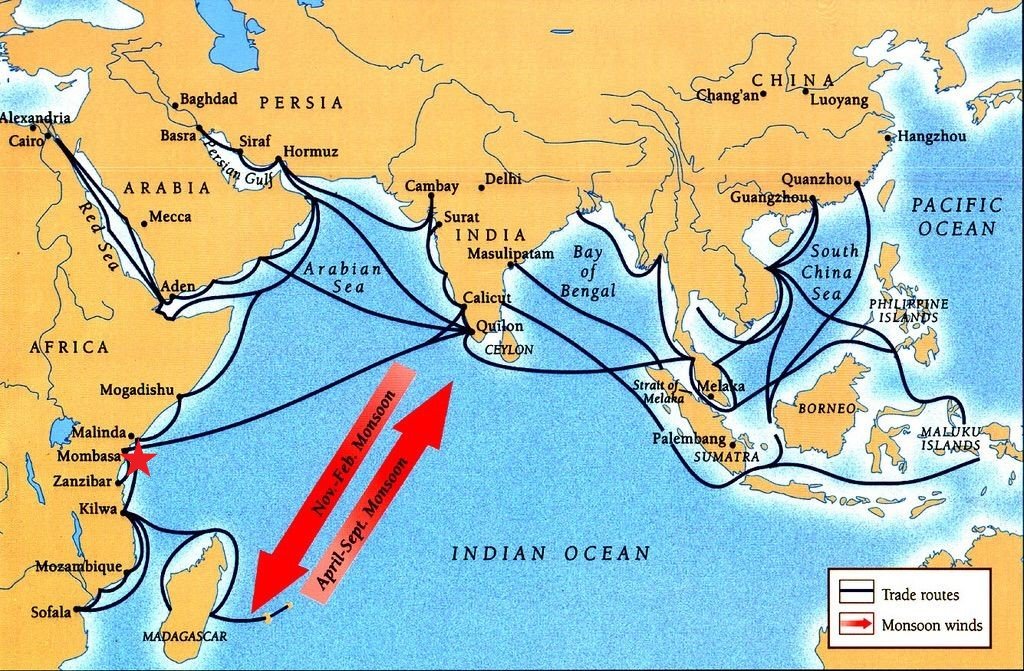(Note that this is total entries into the country - not total number of people granted these visas. A person can enter and leave more than once).
Immigration caps: Family immigration is capped based on a complicated formula that seems like it is about 500k people per year (immediate family of US citizens are excluded). Work immigration is capped at 140k per year. And no more than 7% of immigration between these two categories can come from more than one country (7).
H1B visas - the kind wanted by most of my non-American peers from MIT/consulting who want to move to the US - was capped at 85,000 each year. Since more than 85k people apply each year (last year 300k+ people applied), acceptance is determined via lottery.
Biggest opportunities to increase high-skill immigration from my understanding:
Congress could simply lift green-card caps - particularly for high-skill workers under H1B visas which wouldn’t be super politically charged (relative to low-skill immigration at least)
The US could make a direct-to-green-card path for people who study in the US (students - not included in charts above). This would be a significant policy change, may require a change in the US immigration framework
The executive branch can grant more O1 visas to people. Not very many people apply for these visas right now, and it has not been super clear just how extraordinary you need to be to get one of these. Do you need to be a Nobel prize winner? Or just a well-known scientist or entrepreneur within your field? The executive branch has a lot of discretion with who gets let in under this visa, and could clarify and expand their policy to let more smart talented people in
The Biden admin has started a IEP entrepreneurship program - currently it does not have a path towards permanent residency but the program could be developed
Things I still don’t understand that well:
Where does OPT fit? I think it is just an extension of student visas
Does the 140k cap apply to those changing status as well as those entering directly?
What % of people on different work visa types end up wanting to and being able to get permanent residency status?
Since there is a skilled labor shortage, why aren’t big powerful companies advocating for immigration reform?
Summary: It’s very complicated, and I have a lot to learn. But this at least gives me a starting knowledge of how it works, and the context to know where to look next.
—
1. It turns out that the place in NYC to buy fact-filled books on immigration is the Tenement Museum gift shop. Let me know if you know of other places.
2. The notion that pro immigration have nice feelings but don’t do much about it feels like it is in line with the finding that people who are anti-immigration care much more than people who are pro-immigration. (as a matter of epistemic hygiene I must admit that I have not read the linked paper, but am relying on the Institute for Progress’s reading of it)
3. This is not at all authoritative - it’s just my current best understanding of how things work. I may update it later as I learn more.
Data comes from the Department of Homeland Security and is based on 2011-2020
4. Surprising fact #1: The same number of people got permanent lawful status under Trump as in Obama’s second term. It’s actually even slightly higher under Trump if you exclude 2020, during which there was a pandemic caused by a novel coronavirus
5. Historically the reason for this was that in the ~1920-1960s, WASP Americans didn’t want inferior types like Southern Europeans (Catholic) or Eastern European (Jewish) entering (not to mention Asians/Africans/Hispanics). By accepting mostly people who already had family in the US, they hoped that it would mean more people who were - like the majority of Americans at the time, WASPs
6. There are 5 preferences for employment-based immigration: 1) extraordinary ability 2) advanced degrees or exception ability 3) skilled workers with 2 years experience + unskilled shortage workers 4) religious / US government workers 5) investors investing $900k-1.8M in the US
Obtaining these employment based immigration usually requires that an employer petition on your behalf (similar with family visas). So there are very few ways for you to initiate immigration yourself. This gives a lot of power to companies hiring people. Workers are dependent on them for their visa and if they quit/are let go, they lose their visas.
This is why big companies don’t particularly advocate for immigration reform (according to an expert I talked to). They like the status quo insofar as it gives them a lot of power. They may argue for increased immigration caps so they can get more workers, but don’t really want to see an systematic immigration overhaul that might reduce their power.
7. There is a 55k limit on “diversity” visas awarded via lottery every year (included in “other” bar of the first chart)
If your immigration petition has been approved by USCIS (part of DHS who oversees the process), but the immigration cap for your country or overall has been exceeded, you get added to a visa queue. Currently the queue is 3.8M people for family immigration, and 1M for employment immigration
Updated 8 October 2022: footnotes 6-7
Further reading:





























